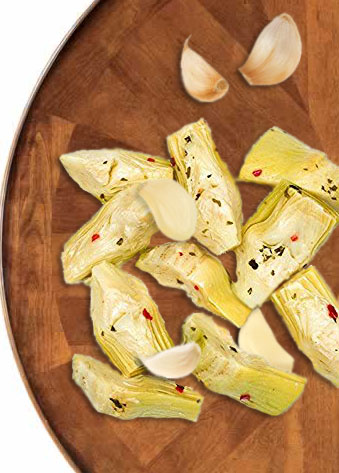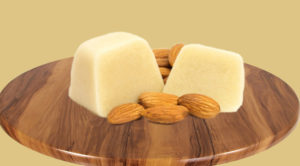Freshly-prepared home-made pesto is best, but you can substitute store-bought, usually found in a jar in the Italian/pasta aisle. -Jackie Capurro

Preparation time: 15 minutes
- 1 can (16 ounces) garbanzo beans, rinsed and drained
- 1 cup sour cream
- 2/3 cup prepared basil pesto sauce
- 1/2 cup chopped red bell peppers and/or drained sun dried tomatoes
- 2 tablespoons lemon juice
- 1/8 teaspoon ground black pepper
- Assorted crackers
- Assorted fresh vegetables, cut upCoarsely mash beans with fork or pastry blender. Stir in sour cream, pesto, red pepper/tomatoes, lemon juice and black pepper. Cover and refrigerate for 1 to 2 hours. Serve with assorted crackers and cut up fresh vegetables.Makes about 2-1/2 cups


 Florence, Tuscany – Take time to visit this tiny jewel in Florence: the Opificio delle Pietre Dure. Literally meaning “Factory of Hard Stones”, this lovely museum is an excellent antidote to “compulsory tourist sites” overload. The subject of its collection is semiprecious stone and its use in intarsio (inlay) for the production of all sorts of decoration.
Florence, Tuscany – Take time to visit this tiny jewel in Florence: the Opificio delle Pietre Dure. Literally meaning “Factory of Hard Stones”, this lovely museum is an excellent antidote to “compulsory tourist sites” overload. The subject of its collection is semiprecious stone and its use in intarsio (inlay) for the production of all sorts of decoration. In Italy, as well as in many other countries in Europe and Latin America, people celebrate the day of the year associated with one’s given name.Italians call it onomastico.
In Italy, as well as in many other countries in Europe and Latin America, people celebrate the day of the year associated with one’s given name.Italians call it onomastico.